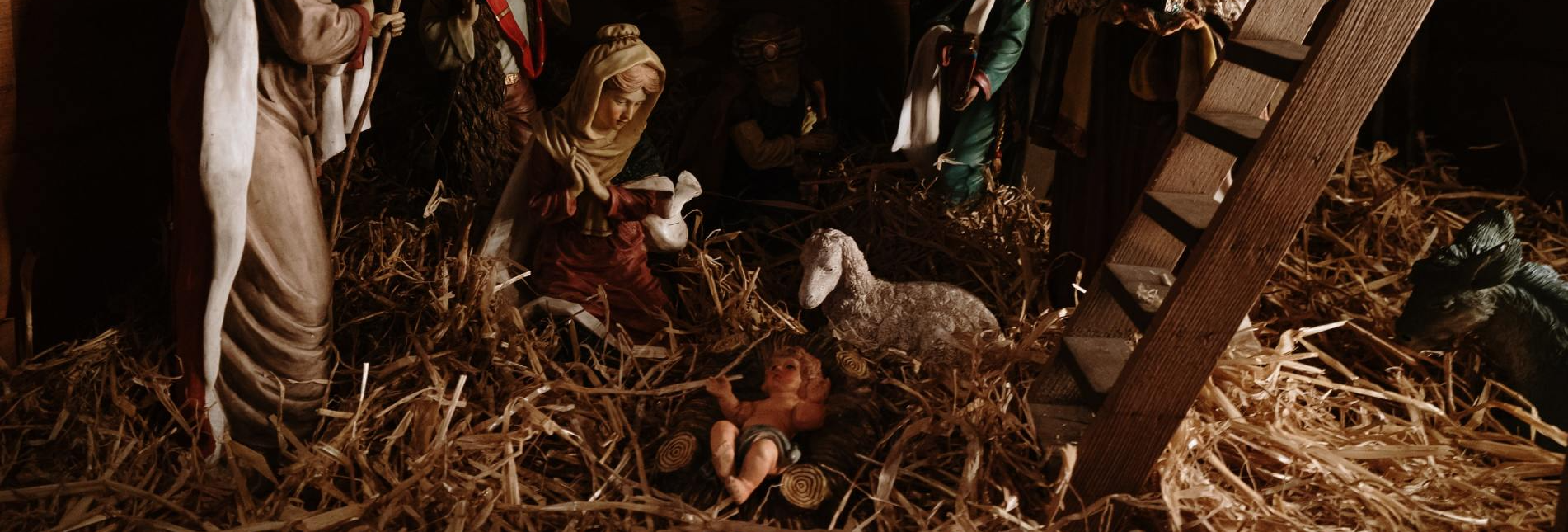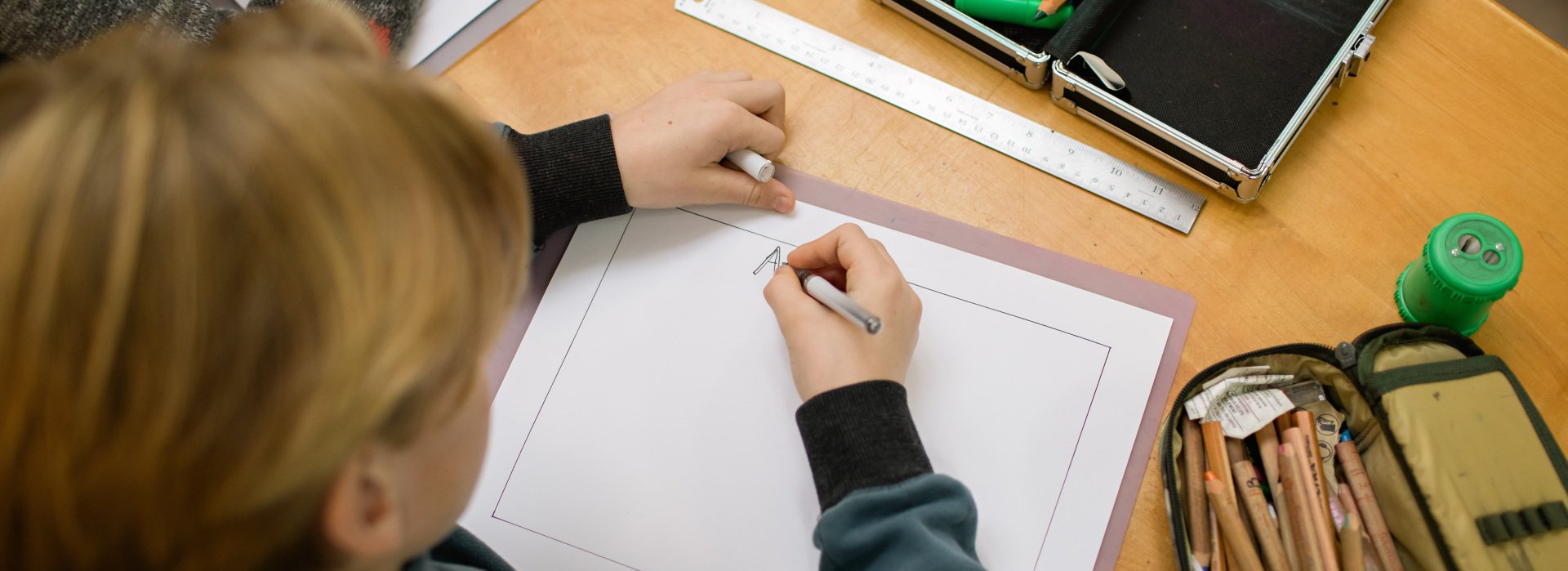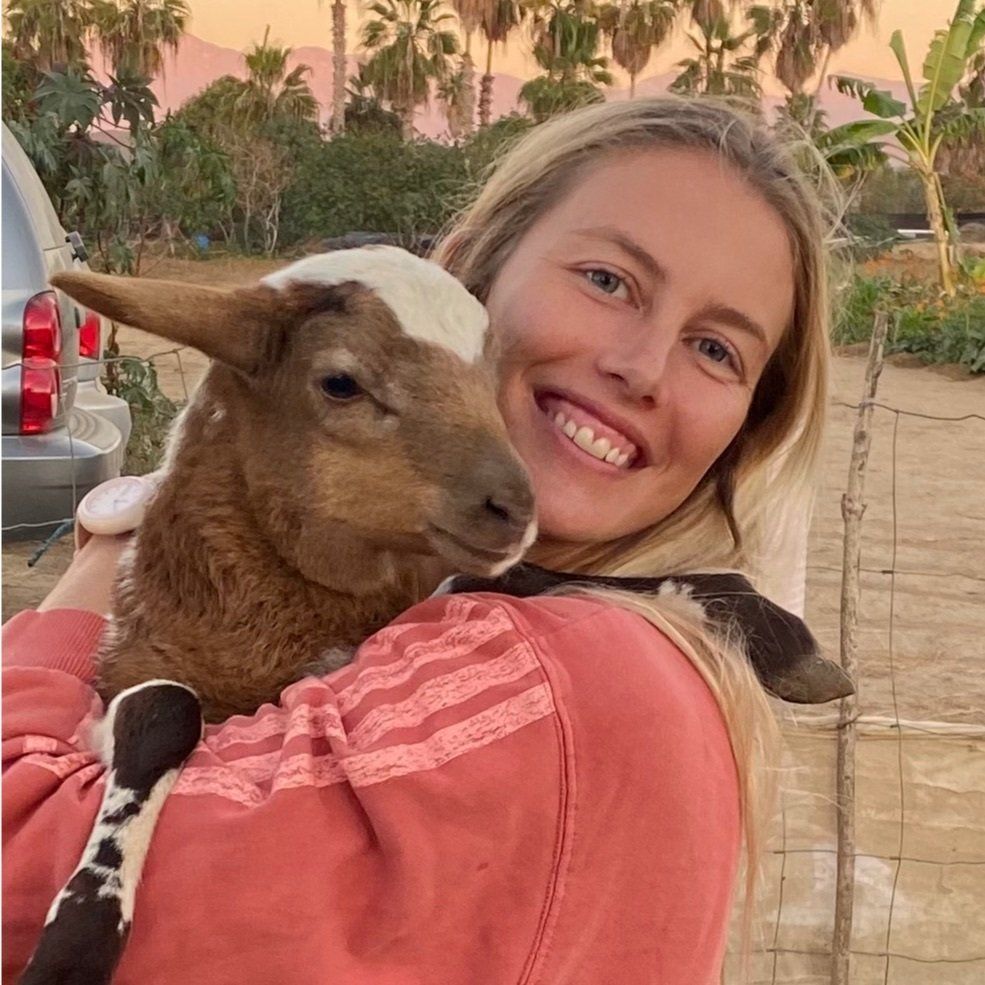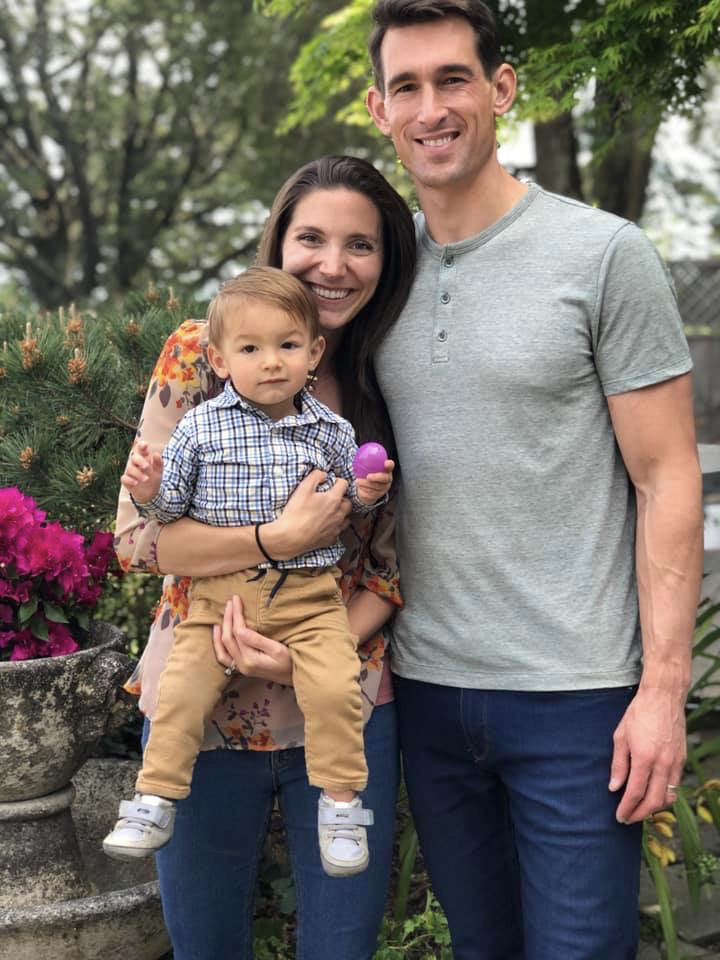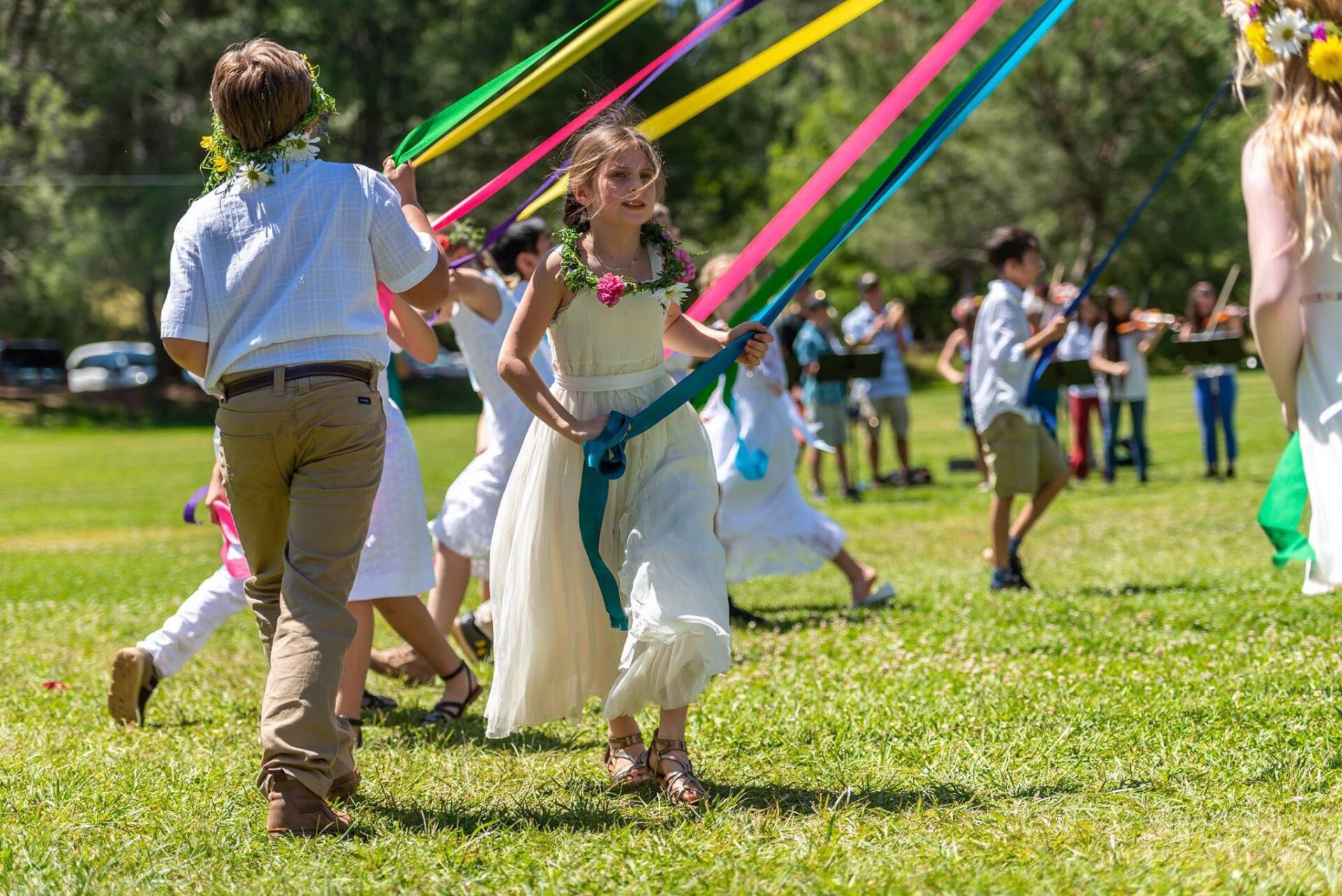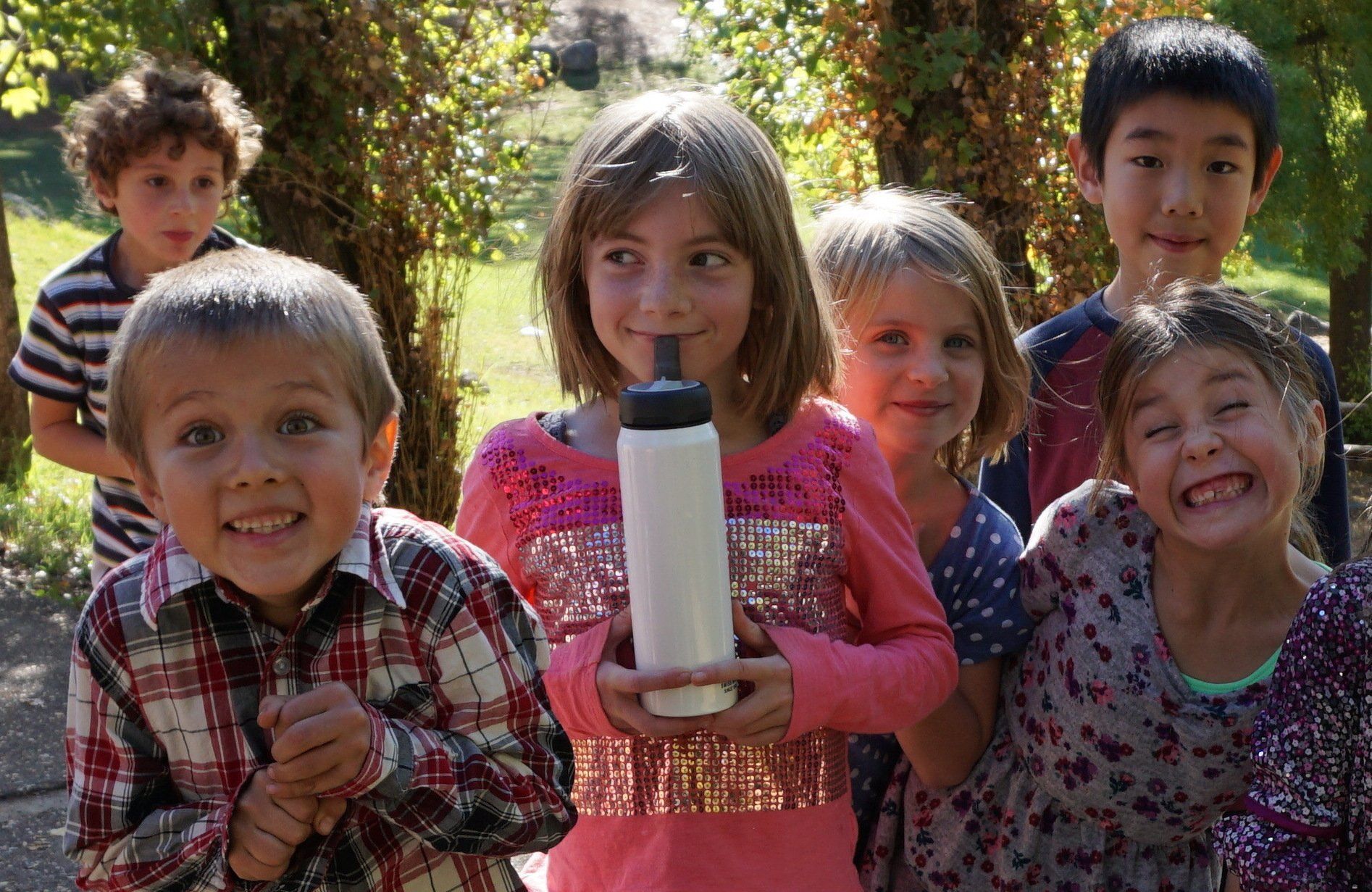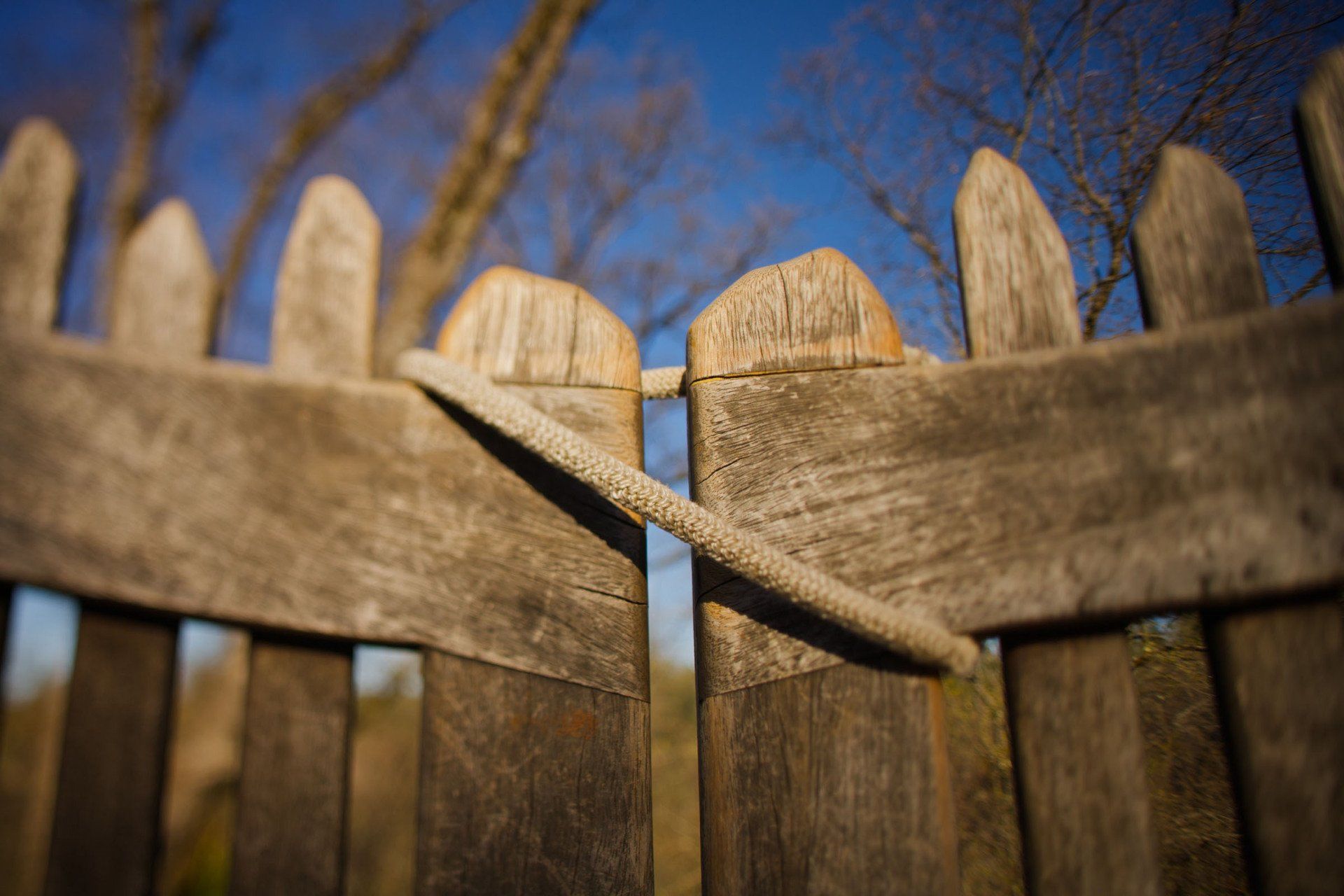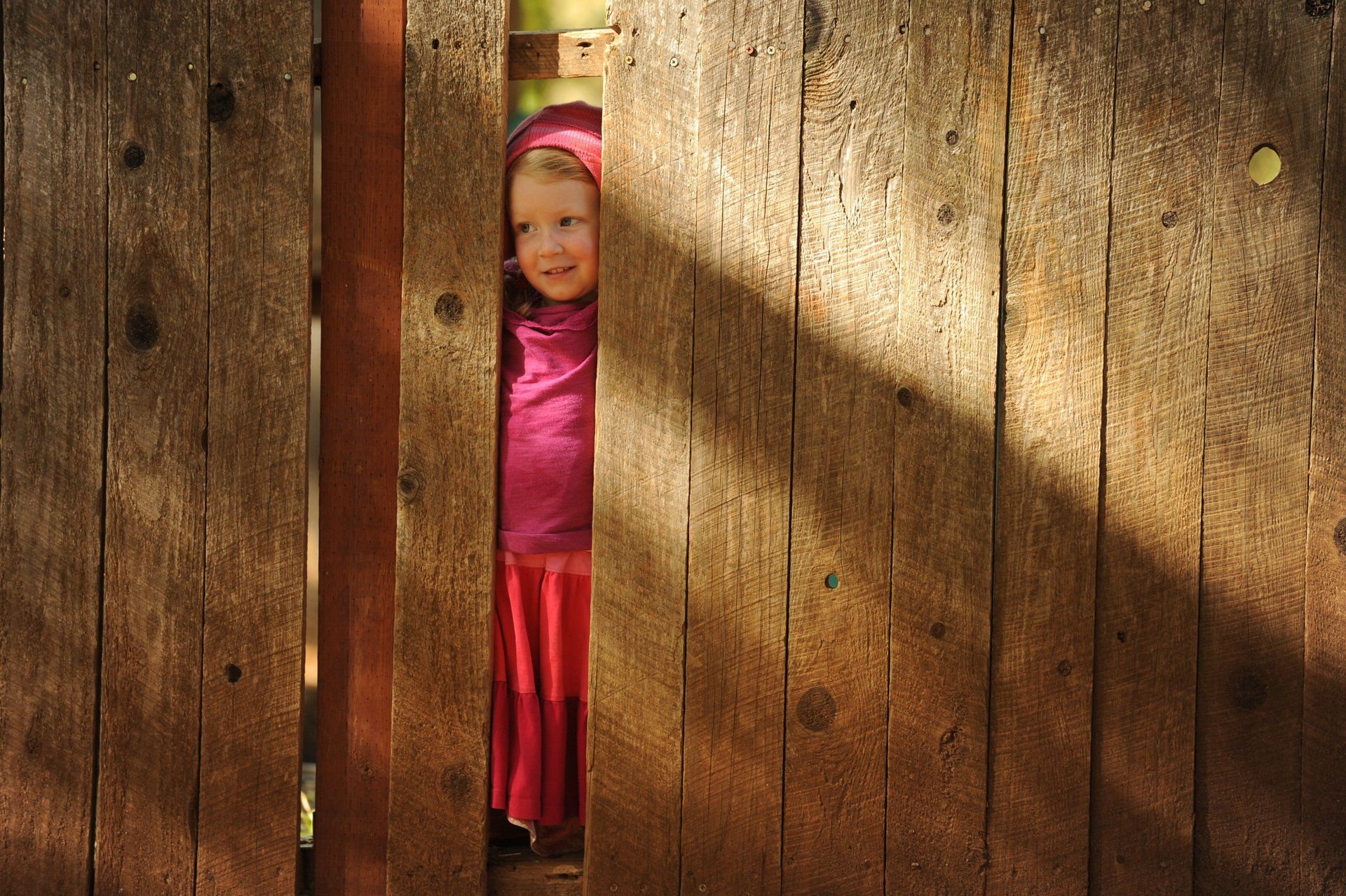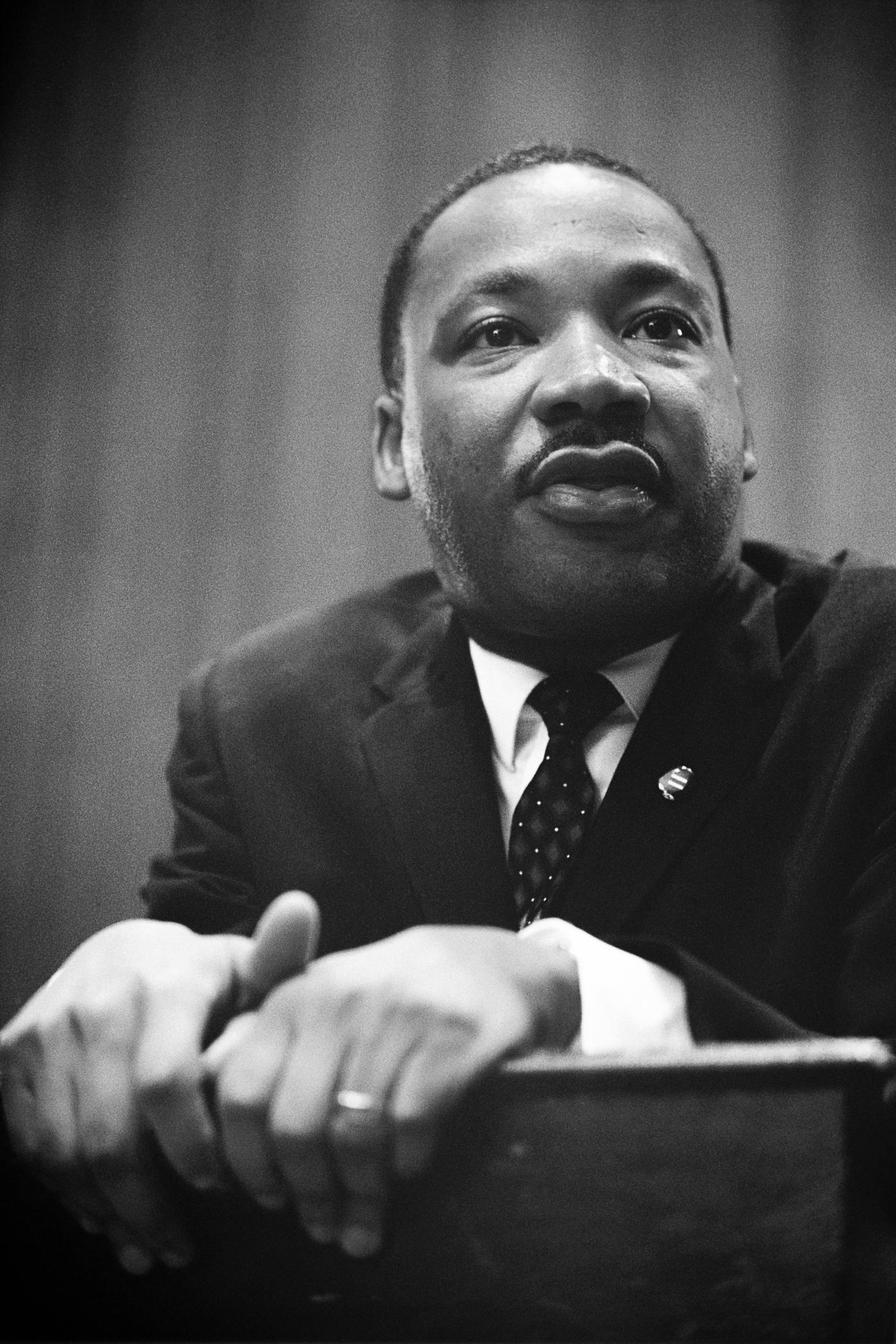Contemplating the Story of Christmas in a Waldorf school.
Is the Christmas Birth Story Universal?
If you take even a little time with online research, you can find many examples of virgin births of child-of-god or god-like beings. Some of them, such as Mithras, are said to have also been born in the darkest time of the year, near the winter solstice. Such simple online research can provide a more thorough socio-religious and historical context. This kind of context does a great deal to undermine what staunch and radical Christians would claim to be an absolutely unique and special story in the birth of Jesus. After all, the "pagans" in many parts of the world celebrated or observed various holy-day festivals this time of year as well. For those who lived in times when the natural cycle of the year impacted
their lives much more profoundly than it does in modern times, (days were very short, nights were long, weather was cold and harsh, fauna was
scarce, flora died back and produced few edibles, etc) this was a natural time of year for human beings to develop ceremonies and rites for
whatever spiritual power(s) they might beseech for help. It is no wonder that we see these traditions across many different cultures throughout the world.
Before we delve into a little bit of the mystery underlying the foundational story of Christmas, let us consider that this foundational story
of the birth of Jesus was possibly the latest iteration, the newest edition of a more universal story that human beings had celebrated long before the time of this character, Jesus. When one begins to hold the virgin-born Christ-child story in this light, the threat of Christian religious dogma can lessen. We become freer to take up those aspects of the story that carry true value and we are free to allow the rest to fall away. So too, we can allow our children to experience the story of the virgin-born Christ-child just as we, in Waldorf schools, let them experience the story of the birth of Zoroaster or the life of Krishna or the enlightenment of Siddartha (henceforth known as the Buddha). We do so because all of these stories, and many others, have deeply valuable content for us as human beings. They are infused with wisdom teachings, or mystery wisdom, that can live in our hearts and minds and help us during our lives here on this planet.
Of course, there is something unique about the story of the birth of Jesus for some people, and that is primarily due to cultural influences. For
many of us, we live in lands in which many people have--and some people still do--argue that the stories associated with Jesus are actual, historical fact. We typically don't have to deal with people arguing with us about the factual historical existence of Krishna. We don't have a western social history of inquisitions and witch-burnings over the question of whether or not one believes that Zoroaster is the true savior. But we do have these things in relation to Christianity and in those cultures that have
experienced a prevailing Christian influence.
Let us focus on the story, though, lest we lose the baby with the bathwater. When I am able to separate dogmatic religious views from the
story itself, I find that the story of the virgin-born Jesus is just as lovely as the stories of so many other spiritual figures. And almost all of those
stories, from so many traditions, can give us wonderful life lessons (mystery wisdom) if we can just hear them with the right consciousness. I acknowledge that Christianity is problematic for many people, because we often face the problem of needing to filter out the Christian people and their so-called religious actions, in order to see the pure value of the stories. With all that in mind, let's consider a few aspects of the story of the
virgin-birth of Jesus. It was told in some versions that three wise men (or "kings" or "magi") came to visit the newborn Jesus, having followed the heavenly sign of a star to a humble manger. Those three wise men brought three interesting gifts: gold, frankincense, and myrrh. Gold? Okay, sure. But the other two?
The gold was given as a gift to represent the purity and/or holiness of the child, because gold is a metal that remains pure. It is a special substance because it does not tarnish. That makes sense, but there's more to ponder. Could the ancients have been aware that meteorites, or shooting stars, are responsible for the presence of gold on the earth? This may seem like a strange question. How could they possibly have known? I understand any skepticism that might arise here. I am eternally perplexed that Aristarchus, born in 310 BC on the island of Samos, could have accounted for the nine planets, with very accurate approximate distances from the sun. How could he have done so almost two thousand years before the first telescope? We cannot even see the planets past Saturn with the naked eye. How did he know they even existed, much less calculate distances like that? How did he think that the planets rotated around the "central fire" when, from his point of view on Earth, it's the Sun and all the other heavenly bodies that are apparently moving? Or, how did the Egyptians move the blocks of stone that weigh multiple tons in order to build the great pyramids when those stones were quarried on the other side of the Nile? There are many things that don't make sense, but they happened somehow. So, in light of such unsolved mysteries, it is at least plausible to consider that, somehow, the ancients understood that gold is actually not of this world, but came here, heaven-sent. Heaven-sent? Modern scientists have "discovered" that gold is not from this earthly world; it is from the heavens, deposited here by meteorites. It is proven, as I will describe in greater detail further on, by the presence of gold on the surface and in the relatively shallow crust of the Earth. Any original gold on the young molten Earth would have been churned and would have sunk into the mantle and the core due to its weight. The fact that it can be found on the outer parts of the Earth means that gold came to the Earth after the crust had cooled. Therefore, it had to come from elsewhere. Thus, as a symbol, gold is a great gift for a newborn human who will take up earthly existence. Like the soul of the child, gold came to Earth, heaven-sent. Frankincense is the dried sap, or resin, of the Bosswellia tree and has long been gathered to burn as incense and for its medicinal qualities. In
other words, it has properties that support the health of the human being. Some modern studies have suggested that it has both anti-cancer and anti-inflammatory benefits. What a nice gift for someone who has to live on the Earth and deal with illness and aging! But what about myrrh? It is also a resin, that of the cammiphora, which happens to be a very thorny tree. It also has reported health benefits, like frankincense. Moreover, myrrh was traditionally used in the embalming process. So it had an association with death, with the temporary nature of life on Earth.
When we consider these three gifts in terms of their meanings, we can see there is something universal here: gold symbolizes something sent
from the heavens; frankincense symbolizes the need to sustain life on earth, and myrrh symbolizes the transition from earth back to the other-
worldly, or heavenly, existence. Can we not see a similar triad of life embodied in the three primary spiritual figures of the Hindus? There is
Brahma, the Creator, Vishnu, the Sustainer, and Shiva, the Destroyer. Do we not also see a similar symbolic journey in the life of Prince Siddartha, who became Buddha, when he had to learn to deal with the triad of aging, illness, and death? When we are willing to see them, we will find that we share far more similarities with each other than differences.
Let us return to the virgin birth. Why is this so popular with people throughout time? Why are there so many stories of virgin births? The first
thing that we must note is that they are "virginal" in the sense that there is no earthly paternity. In so many stories, including that of Jesus, the
"father" is a spiritual being. The "father" is from the heavens. So, the easiest explanation for the popularity and enduring nature of such stories
is that we, as human beings, want to remind ourselves, or at least assure ourselves, that we are not simply beings of this earthly world. These
stories say to us: we may have earthly bodies, but we have spiritual souls that do not perish when these bodies eventually die. If nothing else, it
offers some comfort in the hope that we get more than just a few turns around the Sun before our lives end as quickly as they seemingly began. I
am not going to lie: I like the idea that there is more to life than just this brief time on Earth. I like the idea that there is something eternal to my
existence, that I am connected to more than just earthly life. I don't know this to be true, honestly, but in the absence of such knowledge, I am
hopeful.
As we consider the Christmas story and this virgin birth, we must also contemplate the virgin herself, the Mother Mary. The name Mary is our English version of Maria, from the the Latin "mare". It is the sea. The sea is the virgin mother who miraculously, inexplicably, conceived life
without an earthly "father". When we hold it like that, we can realize that the virgin-birth story really isn't even that different from what the
staunchest evolutionists hold to be true. Somehow, as if by miracle, life came to be on the Earth. And it evolved first in the sea--similar to how
each of our individual human lives begin in the briny, salt-watery wombs of our mothers? Are we willing to see the similarities?
To tie this all back together, I want to again cite modern scientists who have come to generally accept what is called the "Veneer Theory" in
relation to the extra-terrestrial nature of gold on the earth. The original state and composition of the Earth has changed dramatically over time.
The surface of young Earth, born approximately 4.5 billion years ago, heaved with volcanic activity and molten lava while the inside of young
Earth swirled in a tumult of liquid magma. The effect of all this activity is that the original heavier elements, such as iron, nickel, and gold, sank into the core and mantle of the Earth. Over the course of about 7 million years, the crust of the Earth cooled. It was then, approximately 3.8 billion years ago, that two significant things happened. The Earth experienced enormous meteoric deposits of meteoric material, called the "Terminal Bombardment". This bombardment deposited various minerals, such as the gold and iron we find on the surface and in crust of the Earth, as mentioned earlier. It also deposited water, nitrogen, carbon, and the amino acids that are so crucial to the carbon-based life forms that live on this planet. These were scattered all over young Earth, of course. The water condensed and settled over almost three-quarters of the surface to form Mary, the sea. While we cannot explain it exactly, at least not yet, it should not surprise us to find that life on Earth began, mysteriously--Dare we say miraculously?-- around 3.77 billion years ago, shortly after the heavens had deposited these elements essential to earthly life. And that first life was conceived in the virginal sea. Even if taken on strictly materialistic terms, we owe earthly life to a mysterious (miraculous) heavenly process that somehow impregnated the primordial virgin sea. If we are open to the possibility of a spiritual or supernatural component to life, then we can take such parallels even further in our contemplations.
Is the story of the Virgin Mary giving birth to the Jesus child--a child whose origins are both earthly and heavenly--is this a universally human
story that transcends the confines of any religion? Are those three gifts, given to the newborn by wise ones, reminders of the nature of a human
being's truly earthly-and-heavenly nature? If, when we celebrate these holy days and holy nights in this dark and cold time of year, we can focus on those things that unite us, those things that we share, all of us, no matter what little differences there may be, then we may actually have more peace on earth, because it will have a chance to be born in the humble sheds of our own souls.

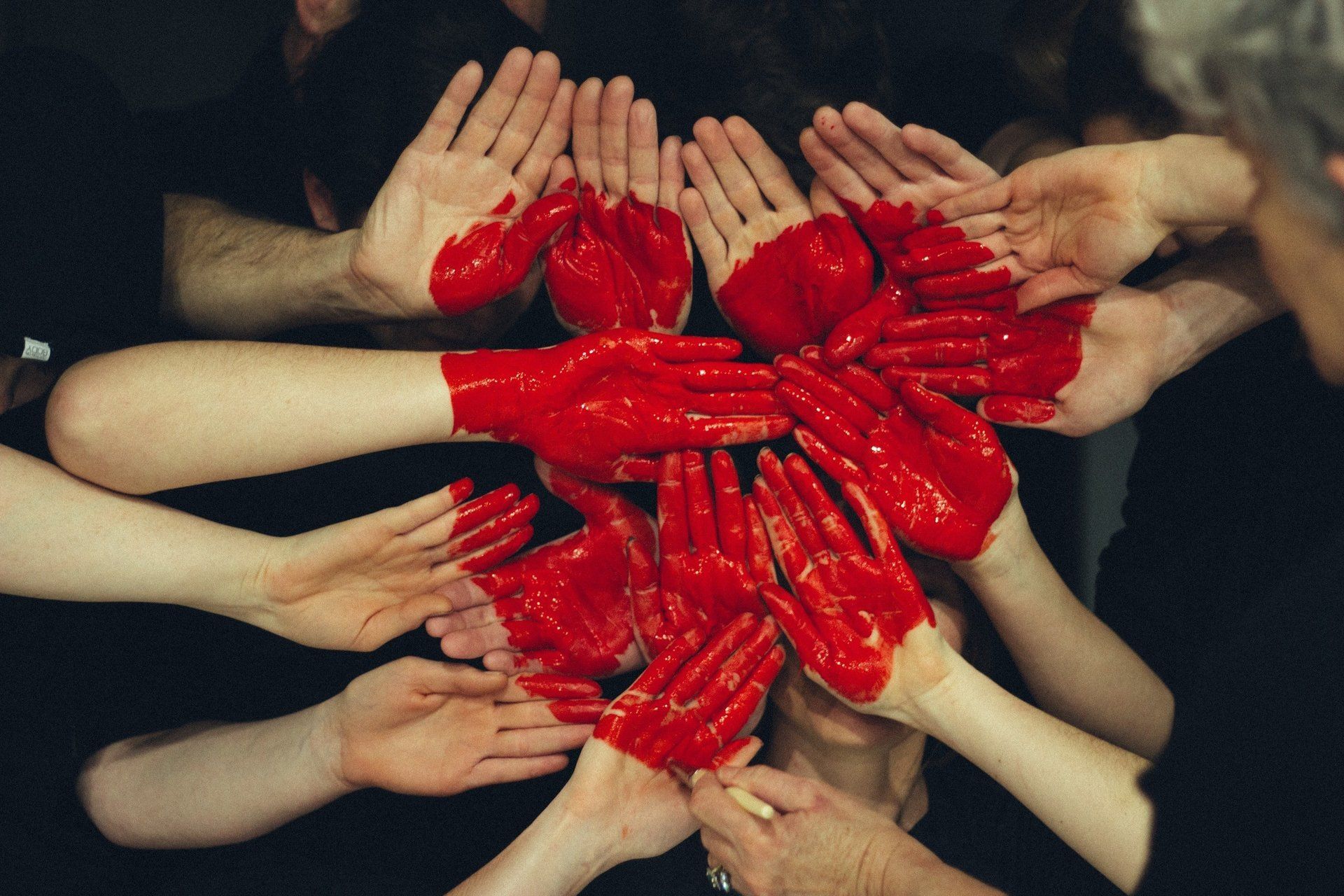
To Learn More, Contact Us:
We will get back to you as soon as possible.
Please try again later.
Contact Info
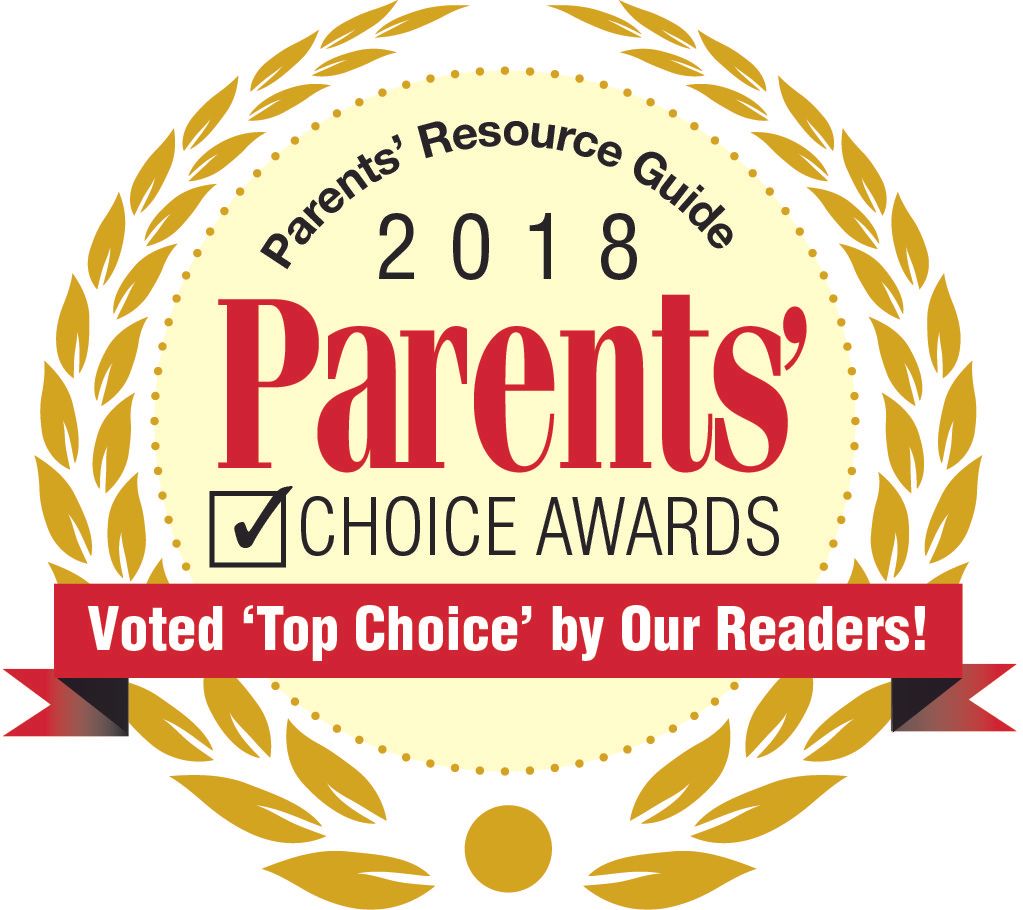



This site is not a part of the Facebook website or Facebook Inc. Additionally, this site is NOT endorsed by Facebook in any way. FACEBOOK is a trademark of FACEBOOK, Inc.

